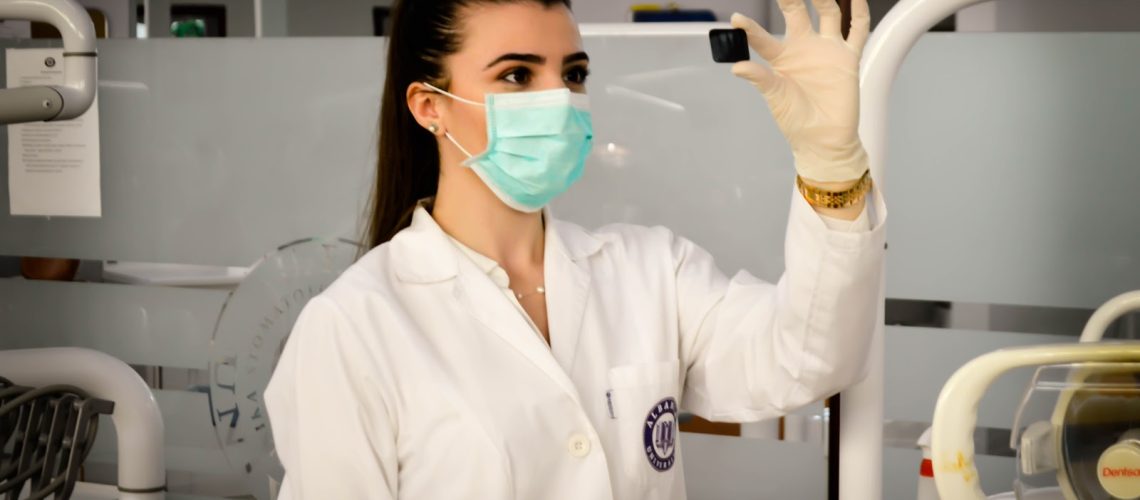The Occupational Safety and Health Act was created by the Occupational Safety and Health Administration (OSHA) in 1970. The purpose was to ensure that employees in the medical field — and beyond — are safe and healthy. This includes enforcing standards and providing education, training, and outreach.
One of the main safety concerns for healthcare workers is making sure they are protected against the health hazards involved with handling bloodborne pathogens. These are infectious microorganisms within the human blood that can cause diseases like hepatitis B and C.
The Sterilis Solutions System is a new on-site, on-demand remediation device that turns regulated medical waste, including bloodborne pathogens, into harmless everyday trash right in your facility. While this is a very effective way to meet the OSHA bloodborne pathogen standards, it’s still important to understand what these standards are and what is involved to meet them. So let’s take a closer look.
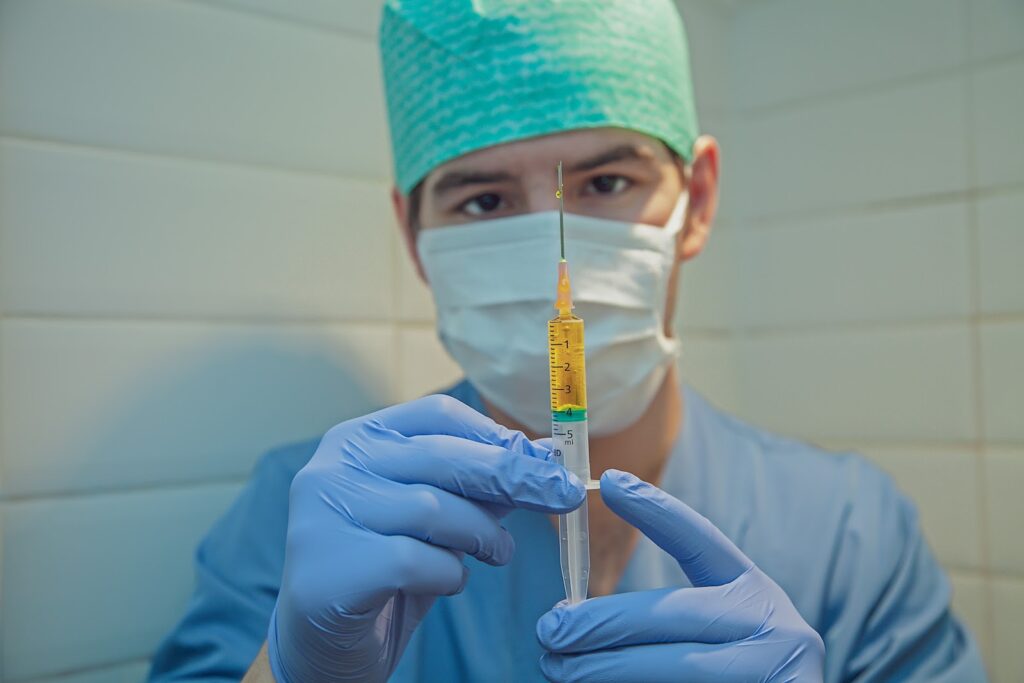
What is OSHA Bloodborne Pathogen Standards
Hospitals in the United States administer 2 million injections a day, meaning health facilities handle over 800,000,000 needles per year in the US alone. Because of the Needlestick Safety and Prevention Act of 2000, OSHA amended their Bloodborne Pathogens standard to outline these health hazards.
The standard places requirements on employers who have workers that will most likely come into contact with blood and other infectious materials. The requirements address:
- Exposure control plans
- Universal precautions
- Engineering and work practice controls
- Personal protective equipment
- Housekeeping
- Hepatitis B vaccination
- Post-exposure follow-up
- Laboratories
- Hazard communication
- Recordkeeping
What is the Needlestick Safety and Prevention Act and How It Affects OSHA Bloodborne Pathogen Standards?
In November of 2000, the Needlestick Safety and Prevention Act was signed into law due to healthcare workers’ high risk of accidental sharps injuries. Since this continues to be a serious problem, Congress required that OSHA’s Bloodborne Pathogen standards be modified to reflect this.
The new requirements call for employers to identify, evaluate, and implement safer medical devices. This includes creating needleless systems and engineering sharps with protections.
How Does The OSHA Bloodborne Pathogen Standards and Needlestick Safety and Prevention Act Affect us?
OSHA published the revised Bloodborne Pathogens standard at the beginning of 2001. It took effect in April of that year, although the requirement to use safer medical devices has been in effect since 1992.
States that operate their own OSHA-approved state program have since been required to adopt a Bloodborne Pathogens standard that meets the Federal OSHA standard.
Do I Need a Sharps Injury Log?
The updated Needlestick Safety and Prevention Act requires that a sharps injury log be maintained. It should be filled out by non-managerial healthcare workers — the employees involved in direct patient care should be involved since they are the ones who are most often exposed to injuries from contaminated sharps.
These employees should identify, evaluate, and choose effective engineering and work practice controls, according to the new Act.
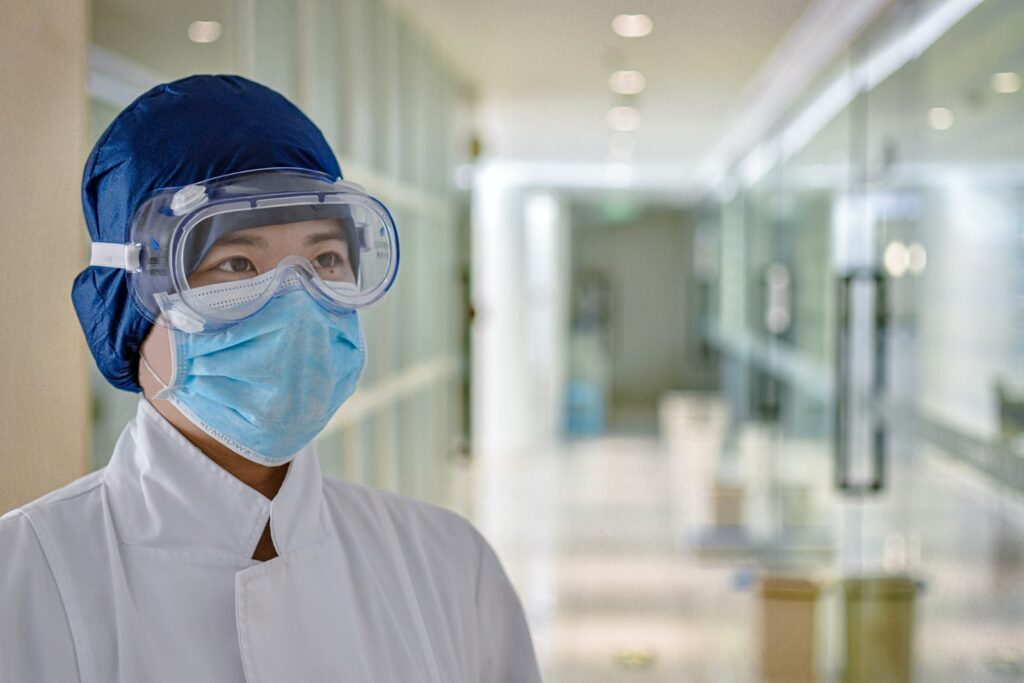
Does the revised Bloodborne Pathogens standard apply to medical or dental offices
OSHA’s Bloodborne Pathogens Standard applies to all employers with employees who are potentially exposed to blood or other infectious materials. The size of the office doesn’t exclude them, meaning medical, dental, and veterinary offices, as well as nursing homes and other similar facilities, must follow the standards.
Smaller offices and clinics are exempt from the sharps injury log since they don’t have to track occupational injuries and illnesses.
What information do I need to include in my written ECP?
There are a few required elements in an Exposure Control Plan, which is what your facility must implement to ensure you have a plan in place if an employee is exposed to medical waste. The first is identifying the job classifications and occupations that have exposure to bloodborne pathogens. Next, you’ll need to outline the procedures for evaluating the reasons exposure incidents happened.
In response, you’ll also need to outline methods of compliance, facility requirements, hepatitis B vaccination and post-exposure evaluation, follow-up, and communication of the hazard to other employees. Some methods of compliance include: universal precautions, personal protective equipment, procedures and removal of regulated waste, and safer medical devices.
The ECP must also include documentation of safer medical devices meant to eliminate or minimize occupational exposure and the solicitation of non-managerial healthcare workers who will evaluate the work practice controls. One safe medical device that ensures workers aren’t exposed to any hazardous materials is the Sterilis Solutions System.
The ECP should then be reviewed and updated annually or whenever necessary. It should always reflect the newest procedures.
Related: The Autoclave Sterilization Process and How It Works
Do We Need Sharps Containers?
Employers are not required to provide a sharps container, but employees must provide their own workplace sharps container if they use insulin syringes and the like.
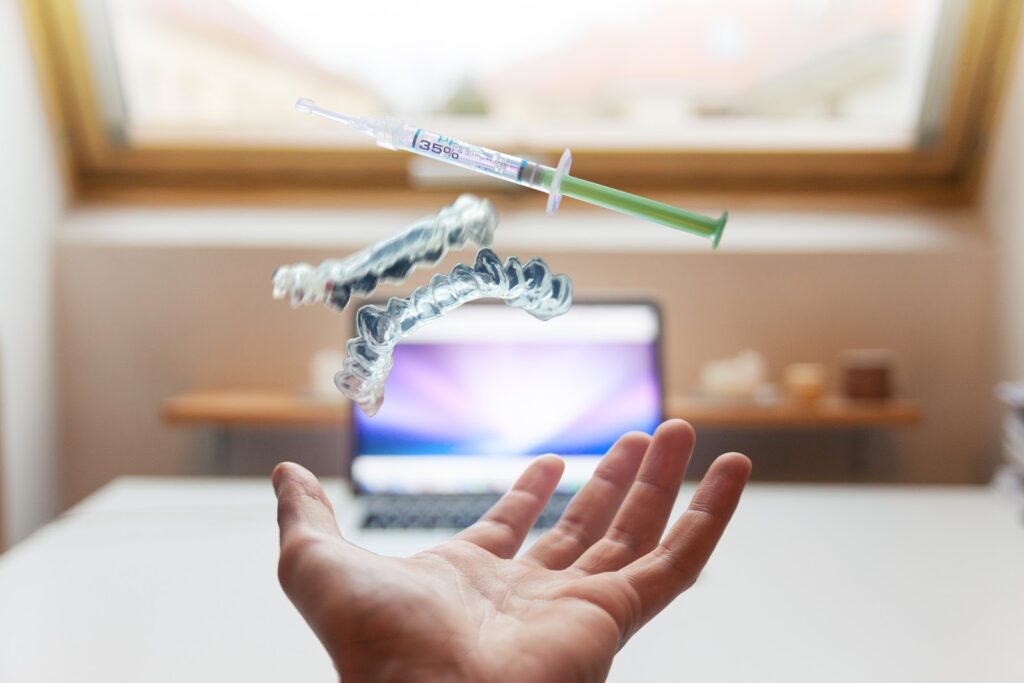
What is Considered OSHA Acceptable to Prevent The Spread of HIV and HBV
HIV and HBV are big concerns for healthcare workers exposed to bloodborne pathogens. OSHA states that EPA-registered tuberculocidal disinfectants, diluted bleach solutions, and EPA-registered disinfectants are effective against both of those diseases, and are thus cleared by the FDA. A “higher level” disinfection is recommended if there’s been a concentration of agents.
There are actually specific instructions for decontamination against HIV and HBV. Here are those requirements:
- Personal protective equipment must be provided to the worker performing the task
- All blood must be cleaned up before applying the disinfectant
- The disposal must be in accordance with federal, state, or local regulations
- The surface must be left wet with the disinfectant for at least 30 seconds for HIV and 10 minutes for HBV
Is HBV Post-Vaccination Titer Required?
According to the US Public Health Service Guidelines for the Management of Occupational Exposures to HBV, HCV, and HIV, the hepatitis B vaccination is required. Employees who have ongoing contact with patients or blood related to hepatitis B must be tested one or two months after the completion of a three-dose vaccination series.
Are workers who administer the vaccines covered by the Bloodborne Pathogens standard?
The Bloodborne Pathogens standard covers private sector employees, as well as federal employees. There are 25 states and two territories that have their own OSHA-approved state plan for state and government employees. In the remaining states, where Federal OSHA has authority, hospitals are required to provide protection of the Bloodborne Pathogens standard to their employees. It’s enforced by the Centers of Medicare and Medical Services.
How to meet the OSHA Bloodborne Pathogen Standards
If your organization has employees who are exposed to bloodborne pathogens, you’ll need to meet the OSHA Bloodborne Pathogen Standards. There are a few different requirements under this law, which we will take a closer look at here.
Exposure Control Plan
OSHA requires you to have an exposure control plan. This is something all staff should be aware of, especially employees working directly with these hazardous materials. It should outline what will happen if an employee is exposed. According to the CDC, it must be written specifically for each facility and readily available to all workers.
Update Plan Annually
OSHA requires that you update the exposure control plan annually — at least. The plan should always reflect your facility’s most current procedures and newest equipment and devices.
Universal Precaution
Universal precautions are an approach to infection control that states all human blood — and certain human body fluids — should automatically be treated as if they are infectious for HIV, HBV, and other bloodborne pathogens. Precautions include vigorously washing hands before and after exposure to these body fluids.
Engineering Control
Engineering controls simply means implementing safer devices that can ensure employees’ safety. This includes needleless sharps and sharps with engineered sharps injury protection. It can also include plastic blood collection tubes and sharps containers.
Work Practice Control
Work practice controls are put in place to make sure there are even fewer chances of exposure to bloodborne pathogens. This includes prohibiting eating, drinking, smoking, applying cosmetics, and handling contact lenses in work areas where exposure to body fluids is likely. This can be reinforced with signs. Employees must also perform blood-related procedures in a manner that minimizes splashing or droplets.
Provide PPE
PPE, or personal protection equipment, must be readily accessible to workers and available in appropriate sizes. This most often includes masks, gloves, hairnets, and goggles.
Hepatitis B Vaccination
Hepatitis B vaccinations must be given to employees who are often exposed to bloodborne pathogens.
Post-exposure evaluation and follow-up
Post-exposure evaluations are required by OSHA for employees that are exposed to bloodborne pathogens. They should be tested for hepatitis B and other diseases two or three months after being given the initial vaccine. Employees who did not respond to the primary series of vaccinations should be revaccinated and then retested. Employees who don’t respond to the second series must be medically evaluated.
Communicate hazards
All employees should be aware of the possible hazards involved with working in close proximity to bloodborne pathogens.
Train Workers
All employees who work with bloodborne pathogens or may be exposed to bodily fluids should be trained on all aspects of the OSHA Bloodborne Pathogen Standards. They should know all of the precautions to take and what to do if they or another employee is exposed.
Maintain Records
Employees that work closely with blood and other body fluids should be the ones keeping an updated record of exposure. The employees should be able to identify and evaluate situations, as well as come up with engineering solutions to keep employees safer in the future.
Related: What Happens to Medical Waste?

Conclusion
Being exposed to bloodborne pathogens is no joke. It’s not only dangerous to your employees but comes with a pretty extensive process to ensure future safety. It’s important that your facility meets the OSHA Bloodborne Pathogen Standards for this reason. One easy way to eliminate employees’ exposure to dangerous medical waste, including bloodborne pathogens, is the Sterilis Solutions System. Contact us today to find out how we can reduce employee risk and keep your facility safe.
- How to Return to Work Safely
 As the year 2020 marched forward, it became evident that COVID-19 would force a lockdown across the U.S., if not across the globe. For seemingly endless months, everyone has had … Read more
As the year 2020 marched forward, it became evident that COVID-19 would force a lockdown across the U.S., if not across the globe. For seemingly endless months, everyone has had … Read more - Steps to Take Following a Needlestick
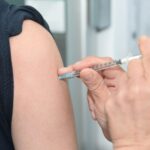 It’s not difficult to believe that the healthcare industry is a hazardous industry to work in. Even as the current pandemic has relegated most of the country to their homes, … Read more
It’s not difficult to believe that the healthcare industry is a hazardous industry to work in. Even as the current pandemic has relegated most of the country to their homes, … Read more - What Are Some Examples of Biohazard Waste?
 Table of Contents What are some examples of Biohazard Waste? What is Biohazardous Medical Waste? Primary Categories of Medical Biohazard Waste Disposal of Common Biohazardous Waste If the term “biohazardous … Read more
Table of Contents What are some examples of Biohazard Waste? What is Biohazardous Medical Waste? Primary Categories of Medical Biohazard Waste Disposal of Common Biohazardous Waste If the term “biohazardous … Read more
